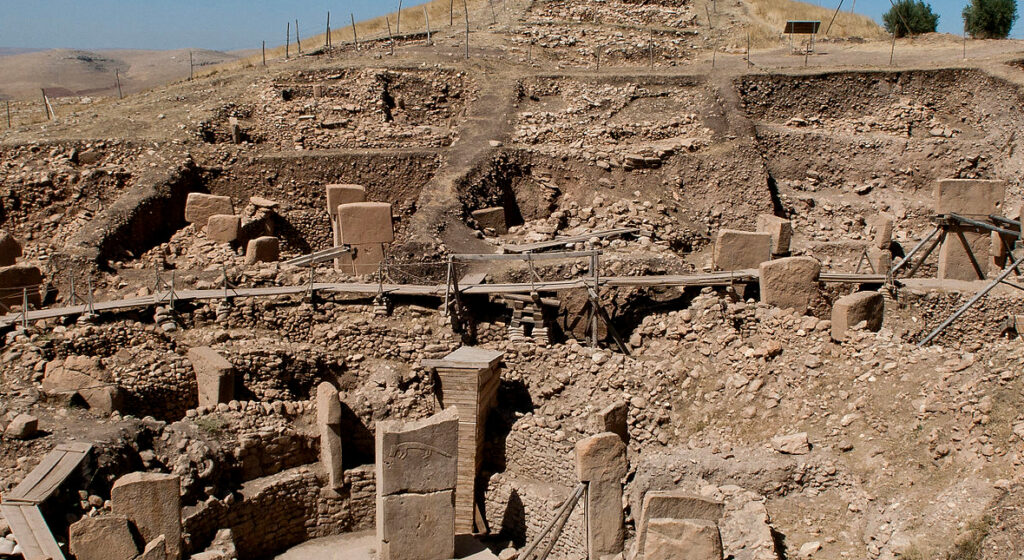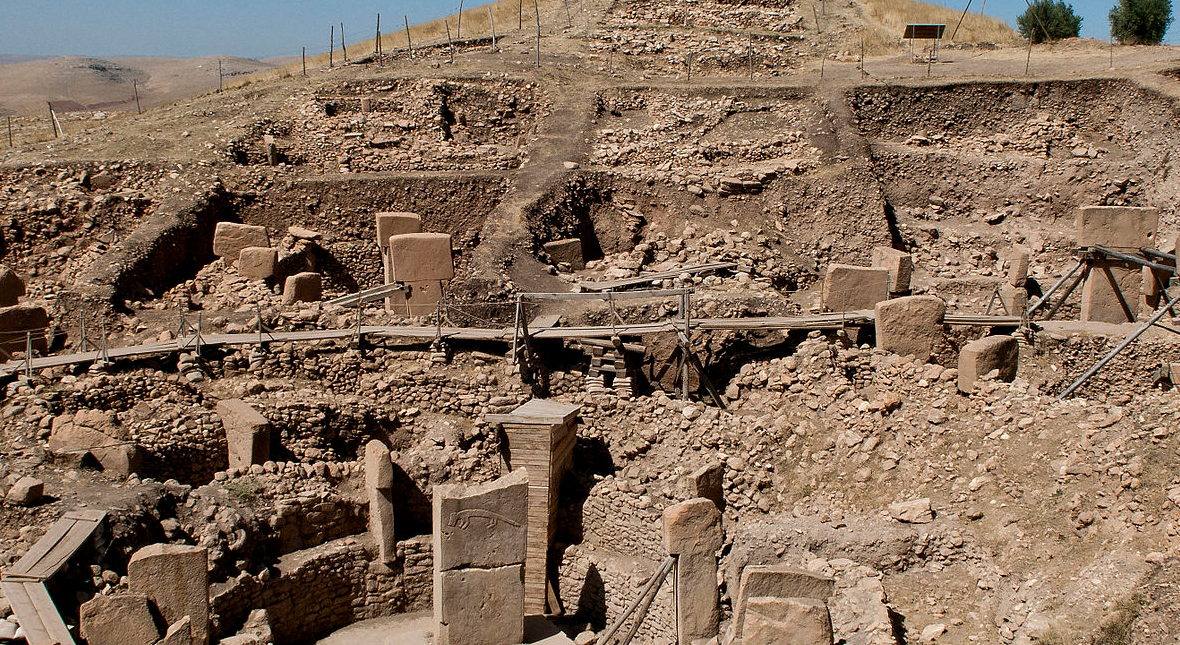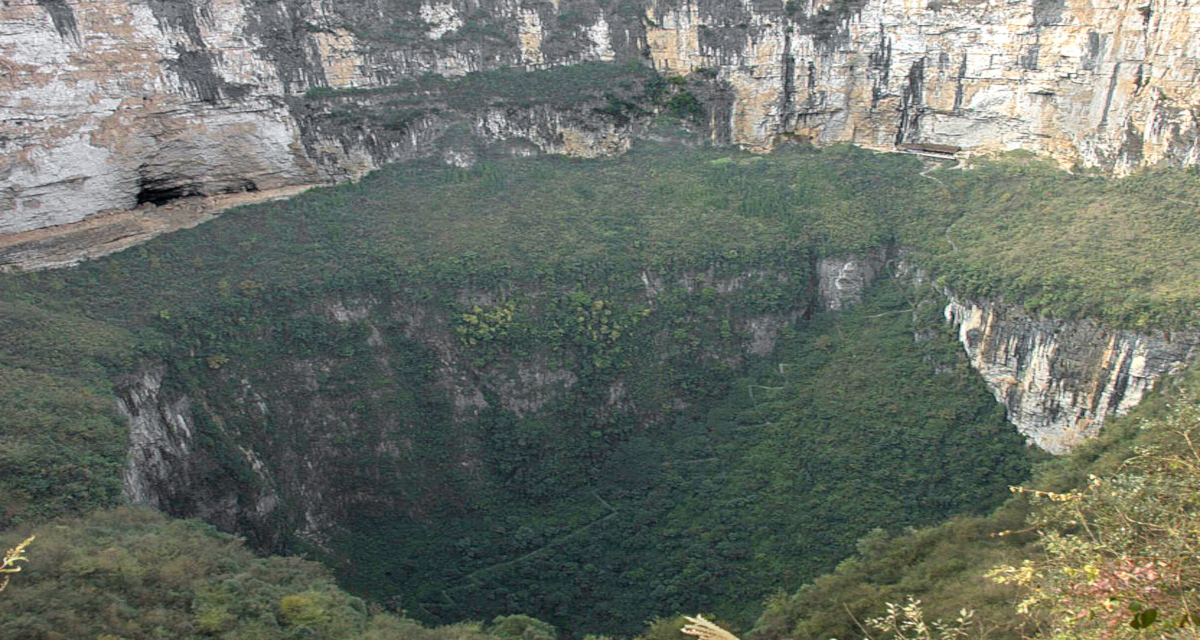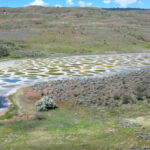Now Reading: Gunung Padang: The Lost Megastructure That Could Rewrite History
-
01
Gunung Padang: The Lost Megastructure That Could Rewrite History
Gunung Padang: The Lost Megastructure That Could Rewrite History
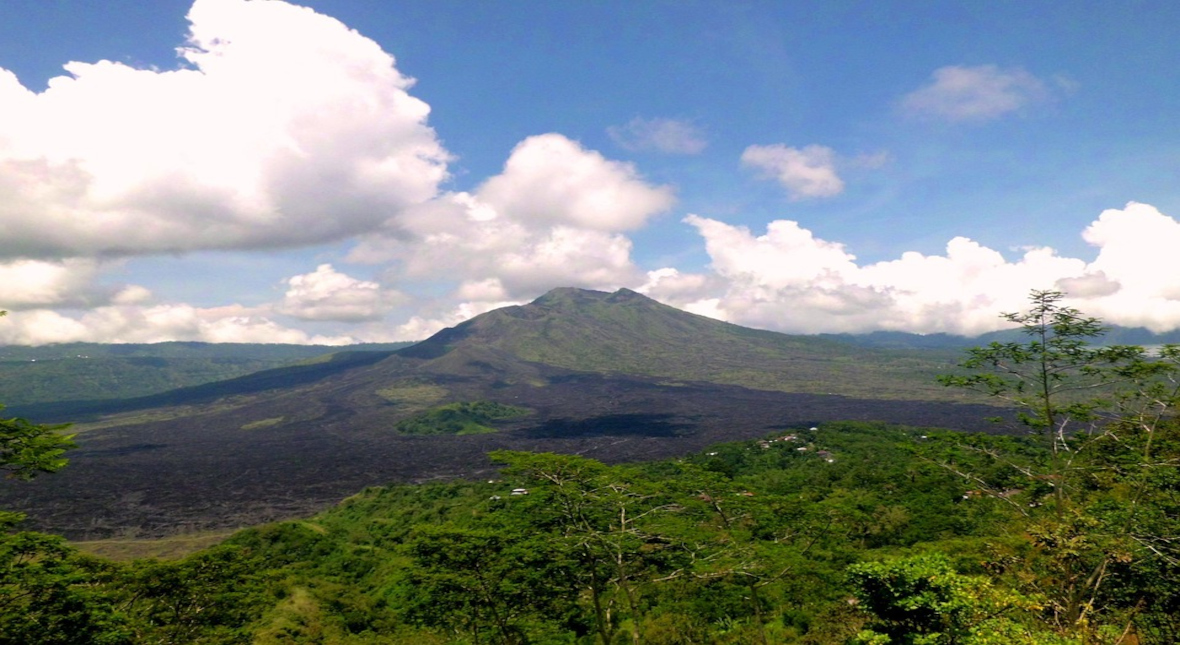
Nestled in the lush hills of Cianjur, West Java, Indonesia, Gunung Padang is one of the most enigmatic archaeological sites in the world. Known as the largest megalithic site in Southeast Asia, this terraced hill covered in volcanic rock formations has sparked debate among historians, geologists, and alternative researchers.
Is it simply an ancient ceremonial site, or does it hold the remnants of a lost civilization that predates recorded history? Some researchers believe Gunung Padang could be over 20,000 years old, making it the oldest pyramid-like structure on Earth—far older than the Egyptian pyramids or even Göbekli Tepe in Turkey.
Discovery and Early Studies
Gunung Padang was first reported by Dutch archaeologists in 1914, but it had been known to locals for centuries. The Sundanese people consider it a sacred place, often referring to it as “The Mountain of Enlightenment.”
The first modern survey was conducted in 1979 by Indonesian archaeologists, who confirmed that the hill was covered with thousands of massive basalt columns, arranged in terraced formations. These stones, some weighing hundreds of kilograms, appear to have been deliberately shaped and placed.
What Makes Gunung Padang Unique?
An Ancient Pyramid or Natural Formation?
Unlike other megalithic sites in Indonesia, Gunung Padang is not just a collection of scattered stones. Its structure resembles a step-pyramid, with five terraces leading to the summit, where a series of upright stone formations stand. The stones appear to have been arranged in a pattern, suggesting human design rather than natural formation.
Massive Size and Depth
In 2011, geologist Danny Hilman Natawidjaja and his team conducted ground-penetrating radar (GPR), core drilling, and seismic tomography. Their findings revealed that Gunung Padang is not just a surface site—it extends deep underground.
They identified multiple layers of construction:
Surface Level (~3,000 years old): Large basalt columns arranged in terraces, likely from the Bronze Age.
Second Layer (~7,000 – 9,000 years old): Covered by sediment, suggesting much older human activity.
Deepest Layers (~12,000 – 25,000 years old): Underground chambers and structures, possibly artificial, buried beneath thick layers of soil.
If these dates are accurate, Gunung Padang would be the oldest known human-made structure on Earth, challenging mainstream views of early civilizations.
Theories on Its Purpose
An Ancient Ritual Center?
Many archaeologists believe Gunung Padang was a religious or ceremonial site, similar to other megalithic structures. The terraced design may have been used for rituals, astronomy, or social gatherings.
A Lost Civilization’s Megastructure?
Some researchers, including Indonesian geologist Danny Hilman Natawidjaja, suggest that Gunung Padang is far older than previously thought. Using radiocarbon dating and geophysical surveys, he and his team found indications that the structure could be as old as 20,000 years, potentially making it the oldest known pyramid-like structure on Earth. If true, this would challenge mainstream historical timelines and suggest that an advanced civilization existed long before the rise of Mesopotamia and Egypt.
A Sunken Pyramid?
Some researchers propose that Gunung Padang was once a pyramid-like structure, similar to those in Egypt and Central America. Over time, it was buried by sediment, vegetation, and earthquakes.
Mystical and Local Legends
Gunung Padang holds deep cultural significance for the Sundanese people. Legends claim that ancient kings, priests, and shamans once meditated here to gain spiritual enlightenment.
Some myths suggest the site was built by King Siliwangi, a legendary figure who attempted to construct a palace overnight using supernatural powers.
Controversy and Scientific Debate
Gunung Padang’s possible age of 20,000+ years is highly controversial. Many mainstream archaeologists reject the findings, arguing that the deeper layers might be natural formations, not artificial structures. However, supporters of the theory point out:
The stones appear to be cut, stacked, and arranged purposefully.
The underground chambers detected by scans suggest human construction.
Other ancient sites, such as Göbekli Tepe (12,000 years old), have already challenged previous beliefs about early civilizations.
The Indonesian government has supported further excavations, but the debate continues.
If the deep layers truly date back 20,000+ years, this site could change everything we know about human history. Could Gunung Padang be proof of a forgotten advanced civilization?












